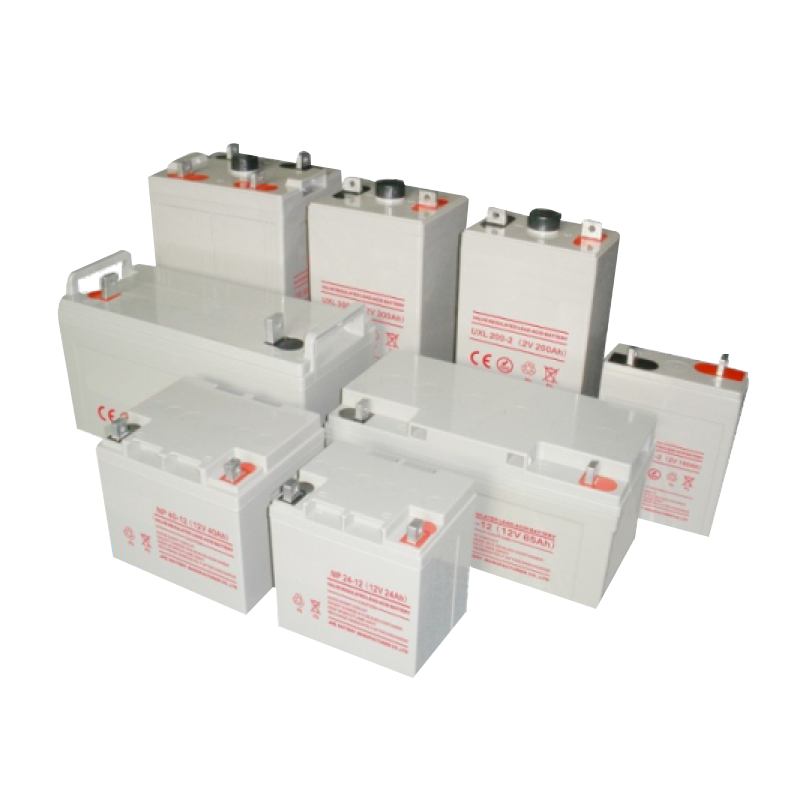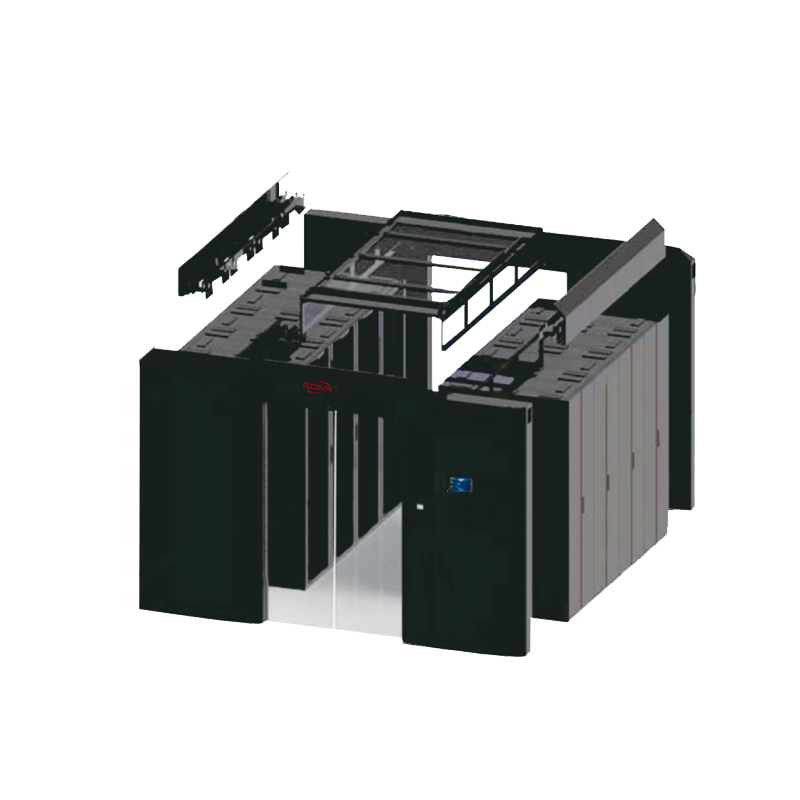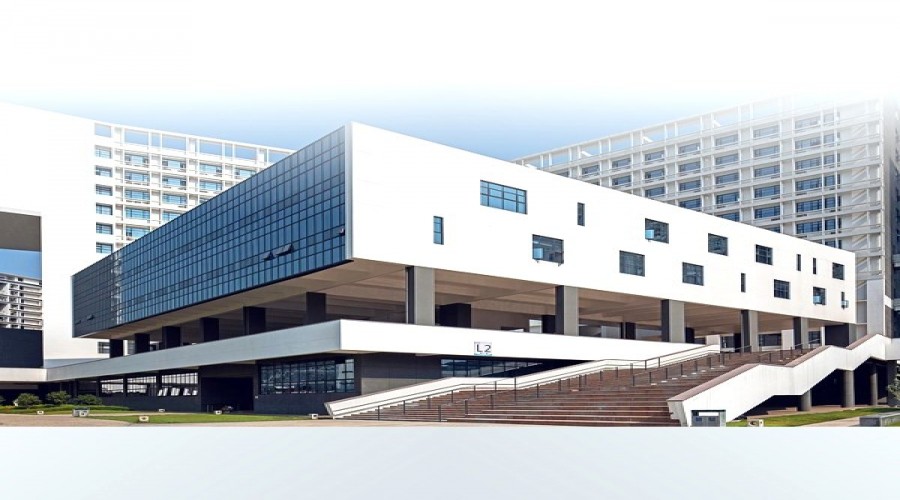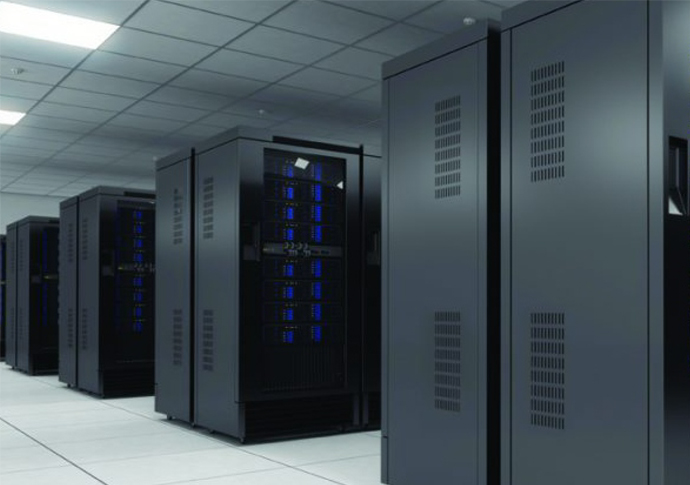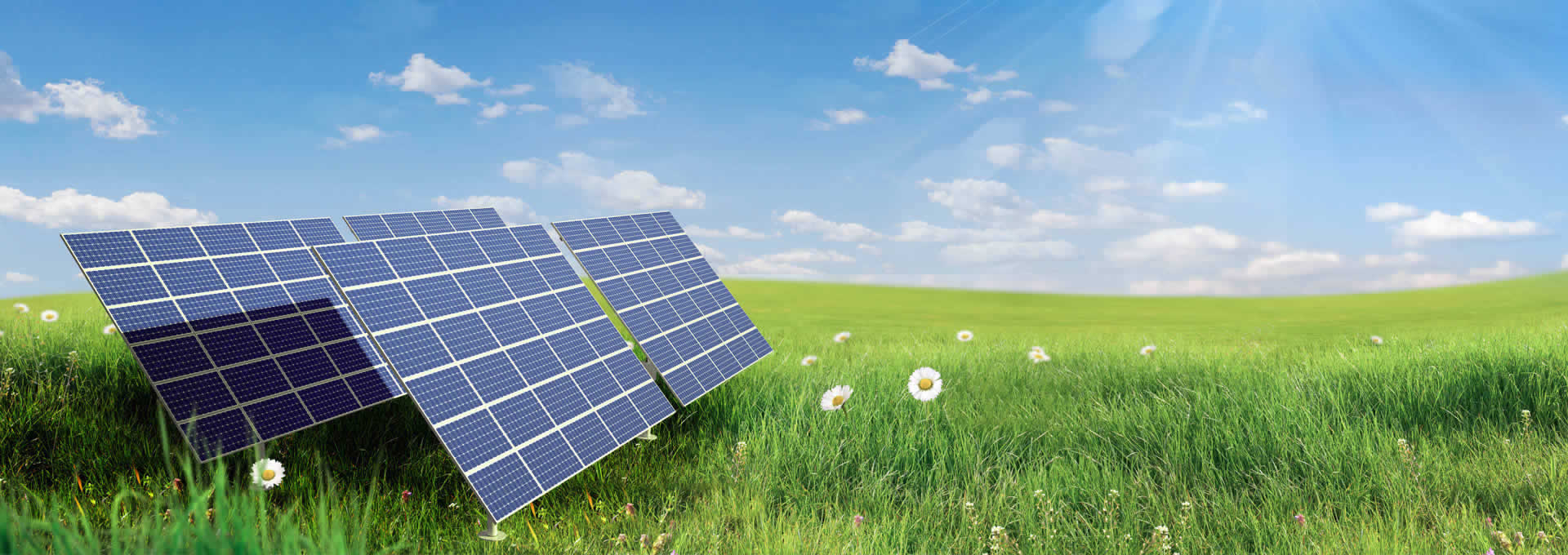 Language
Language 
Firstly, from a functional perspective, a photovoltaic energy storage integrated machine is a device that integrates photovoltaic power generation and energy storage. It can convert solar energy into electricity and store excess energy for future use. The energy storage inverter is an electrical energy conversion device, mainly used to convert AC power of different voltages and frequencies into DC power, or convert DC power into AC power to meet the energy needs of different devices.
Secondly, in application scenarios, integrated light storage machines are usually suitable for distributed energy systems such as homes, industrial parks, and commercial buildings. They can effectively utilize solar energy resources, achieve self-sufficient energy supply, reduce energy costs, and reduce dependence on traditional energy. Energy storage inverters are widely used in fields such as new energy, power systems, rail transit, data centers, etc., to achieve stable supply and efficient utilization of electricity.
Again, from the perspective of structure and working principle, integrated solar energy storage machines are usually composed of photovoltaic modules, energy storage batteries, inverters, and other components. Photovoltaic modules are responsible for converting solar energy into direct current, energy storage cells store excess energy, and inverters convert direct current energy into alternating current energy for use in households or industrial equipment. The energy storage inverter mainly consists of the inverter body, control system, filter and other parts. It converts AC power of different voltages and frequencies into DC power or DC power into AC power through the electrical energy conversion function of the inverter body, in order to meet the electrical energy needs of the equipment.
In addition, there are differences in performance parameters, control methods, safety, and other aspects between the optical storage integrated machine and the energy storage inverter. The integrated photovoltaic storage system needs to consider factors such as the conversion efficiency of photovoltaic modules, the capacity and lifespan of energy storage batteries, and the efficiency of inverters to ensure the overall performance and stability of the system. And energy storage inverters need to pay attention to their performance indicators such as conversion efficiency, dynamic response speed, harmonic suppression ability, etc., to ensure the quality and stability of electrical energy. In terms of control methods, the optical storage integrated machine usually adopts an intelligent control system to achieve automated operation and remote monitoring, while the energy storage inverter needs to adopt different control strategies according to different application scenarios, such as constant voltage control, constant current control, etc. In terms of safety, both the optical storage integrated machine and the energy storage inverter need to have protection functions such as overcurrent, overvoltage, and overheating to ensure the safe operation of the system.
In summary, although both optical storage integrated machines and energy storage converters involve the storage and conversion of electrical energy, there are significant differences in terms of function, application scenarios, structure, and working principles. In practical applications, it is necessary to select appropriate equipment based on specific needs and scenarios to achieve the best energy utilization effect. With the continuous development of new energy and distributed energy systems, integrated light storage machines and energy storage converters will be more widely applied and promoted, making greater contributions to future energy transformation and sustainable development.














































